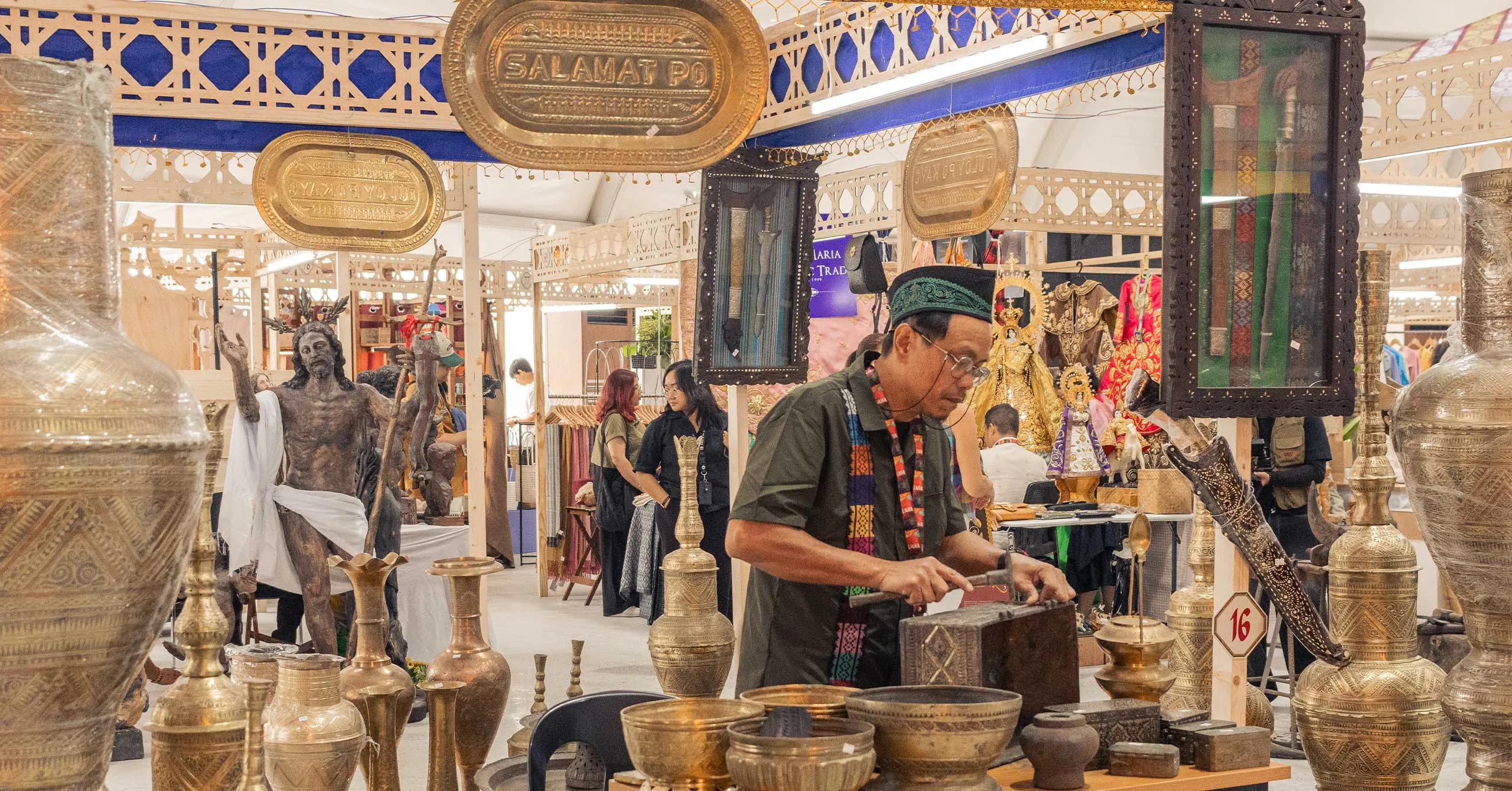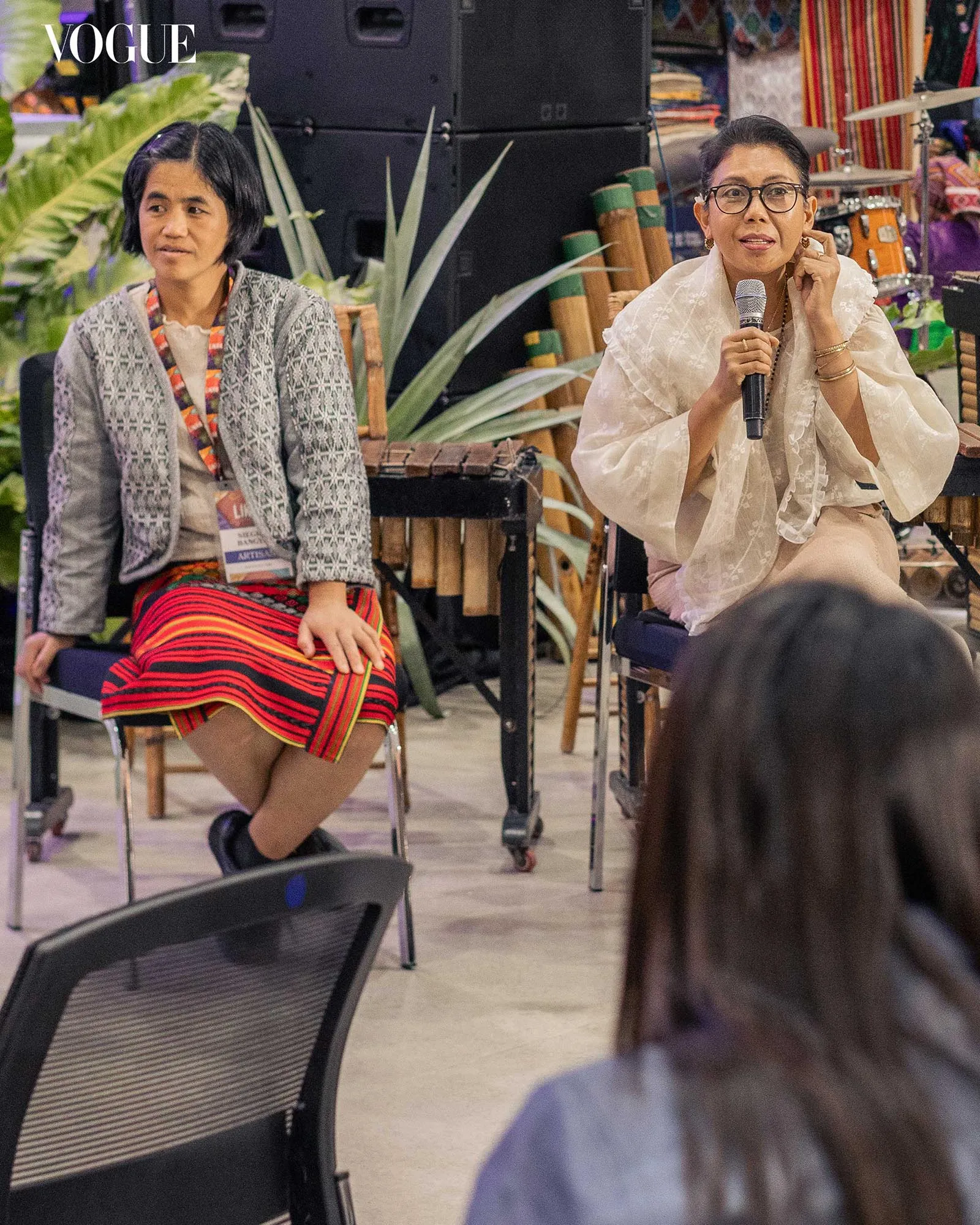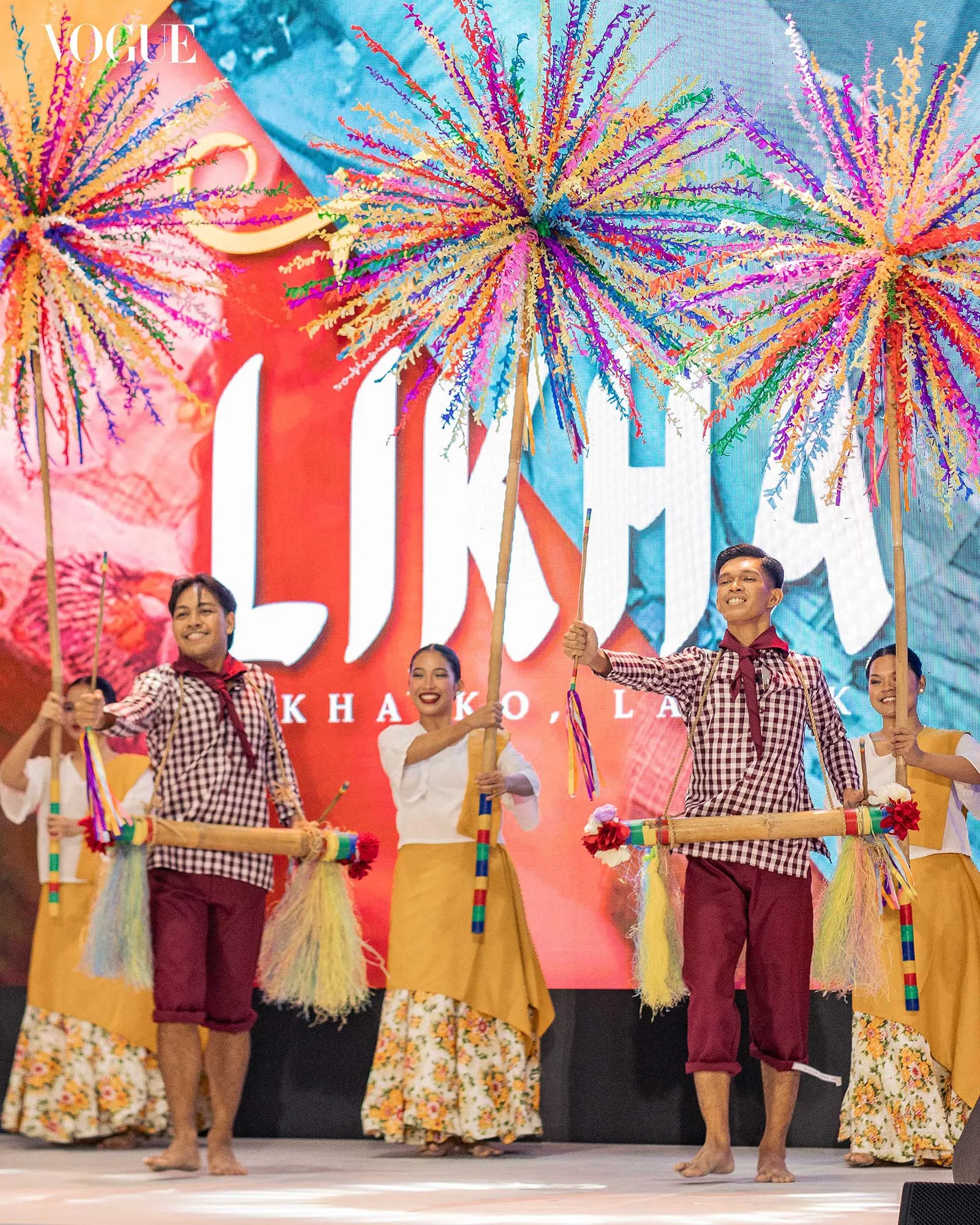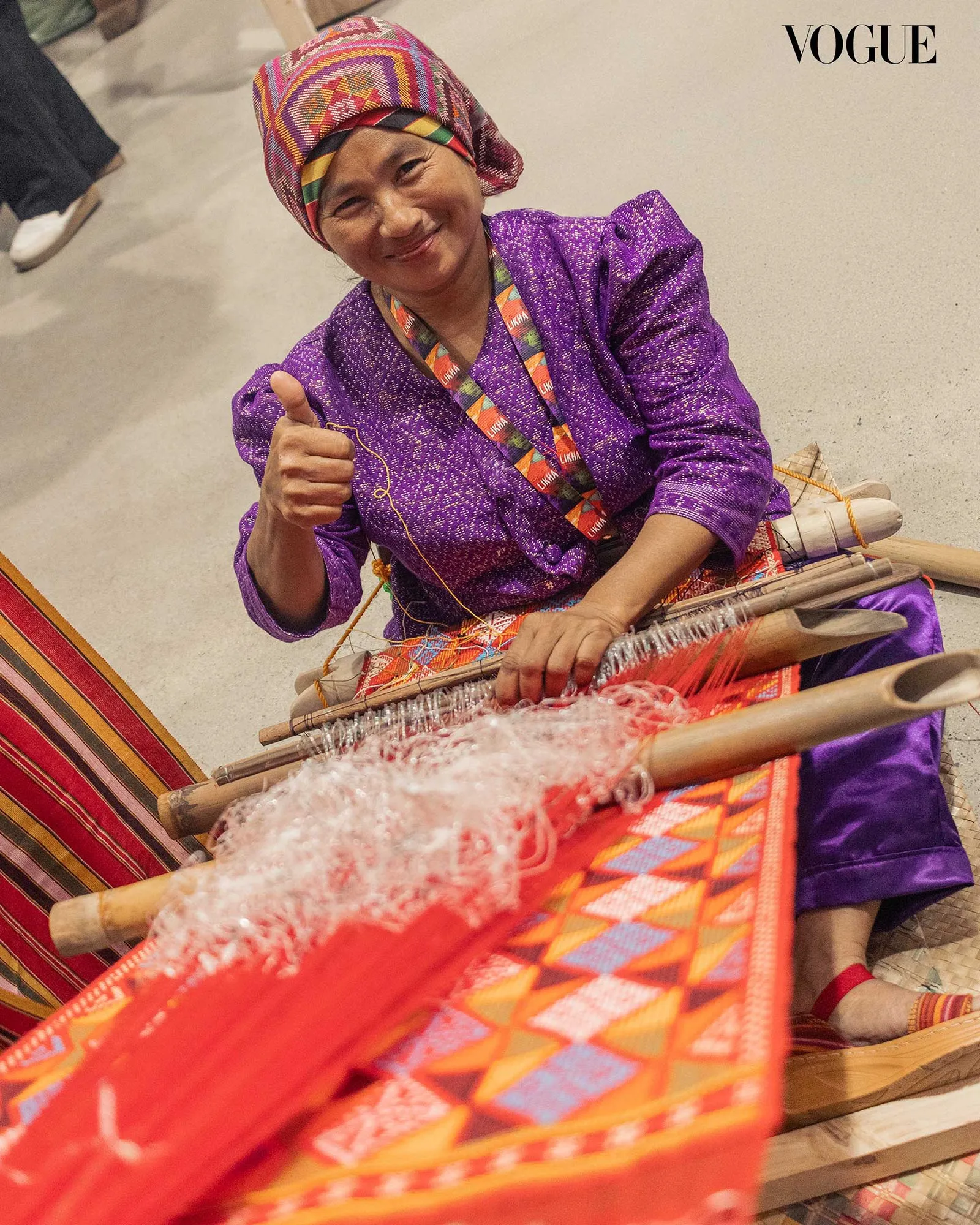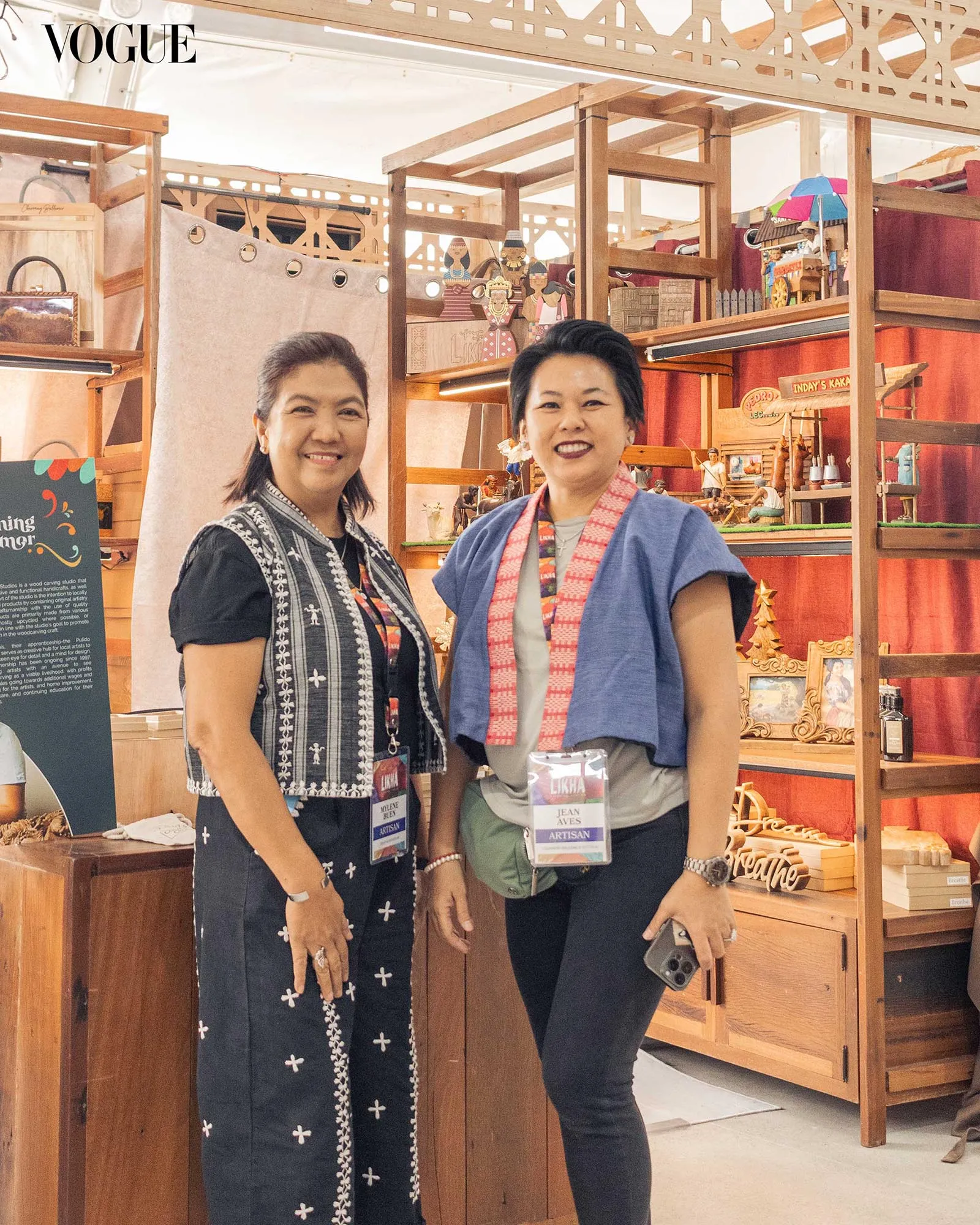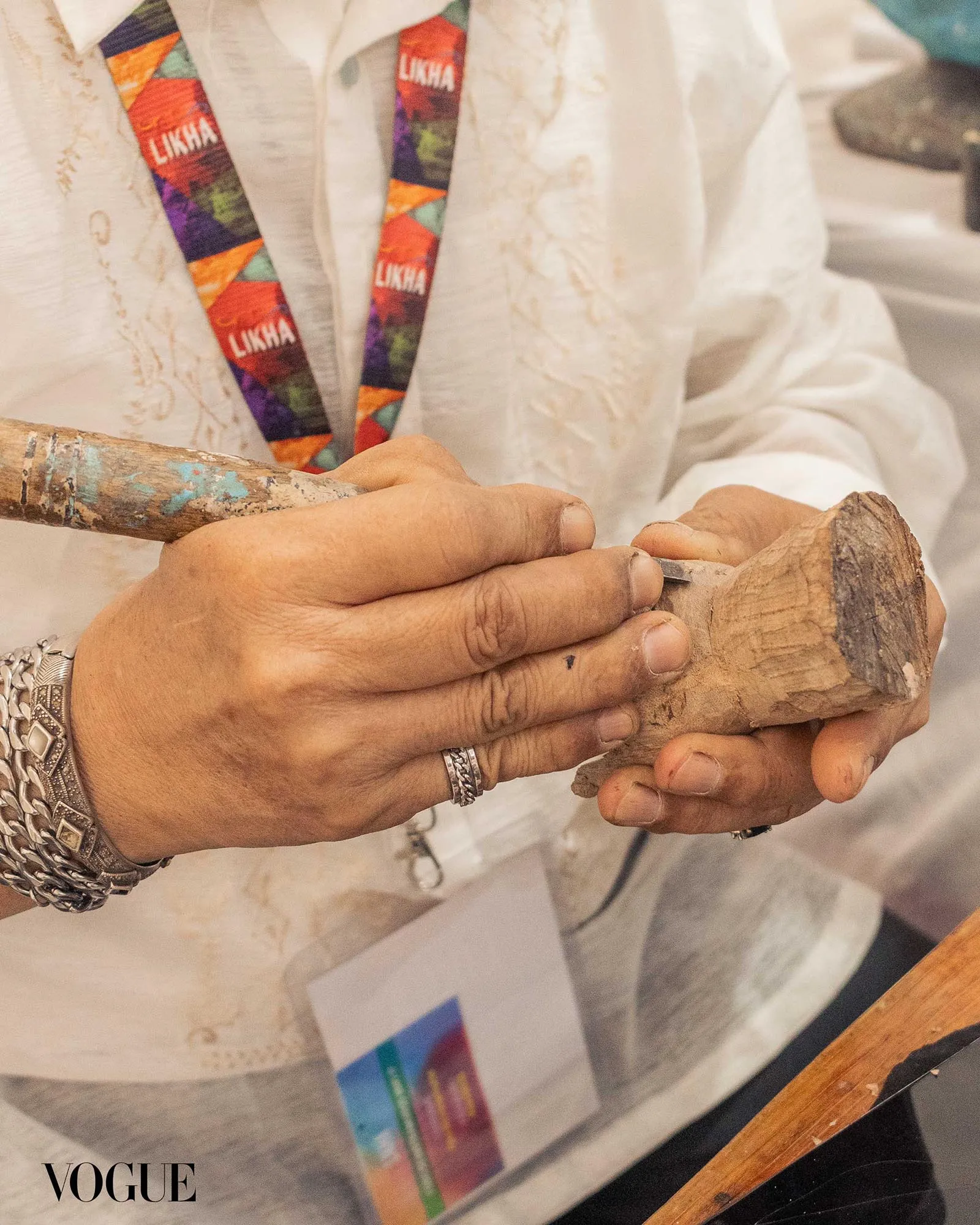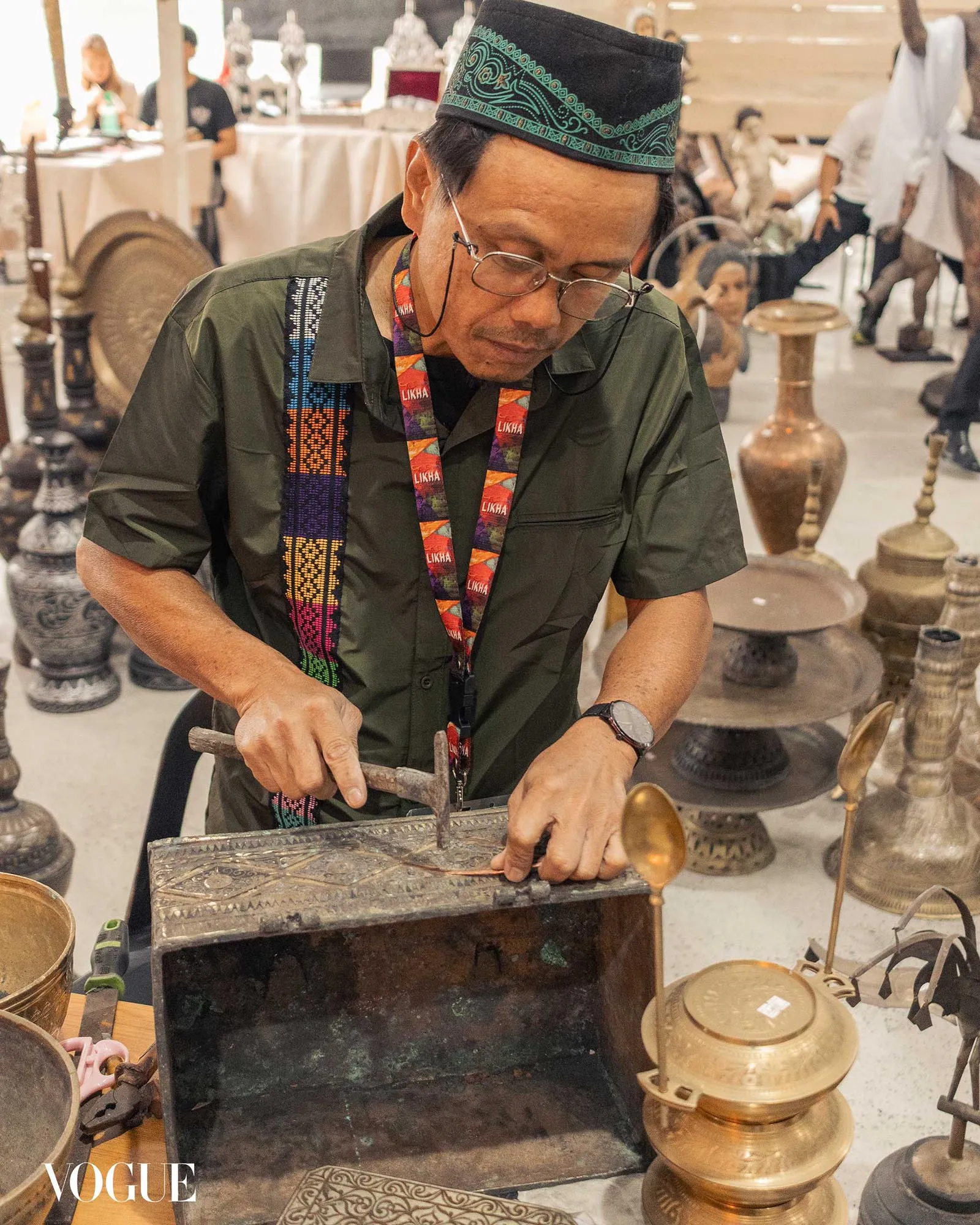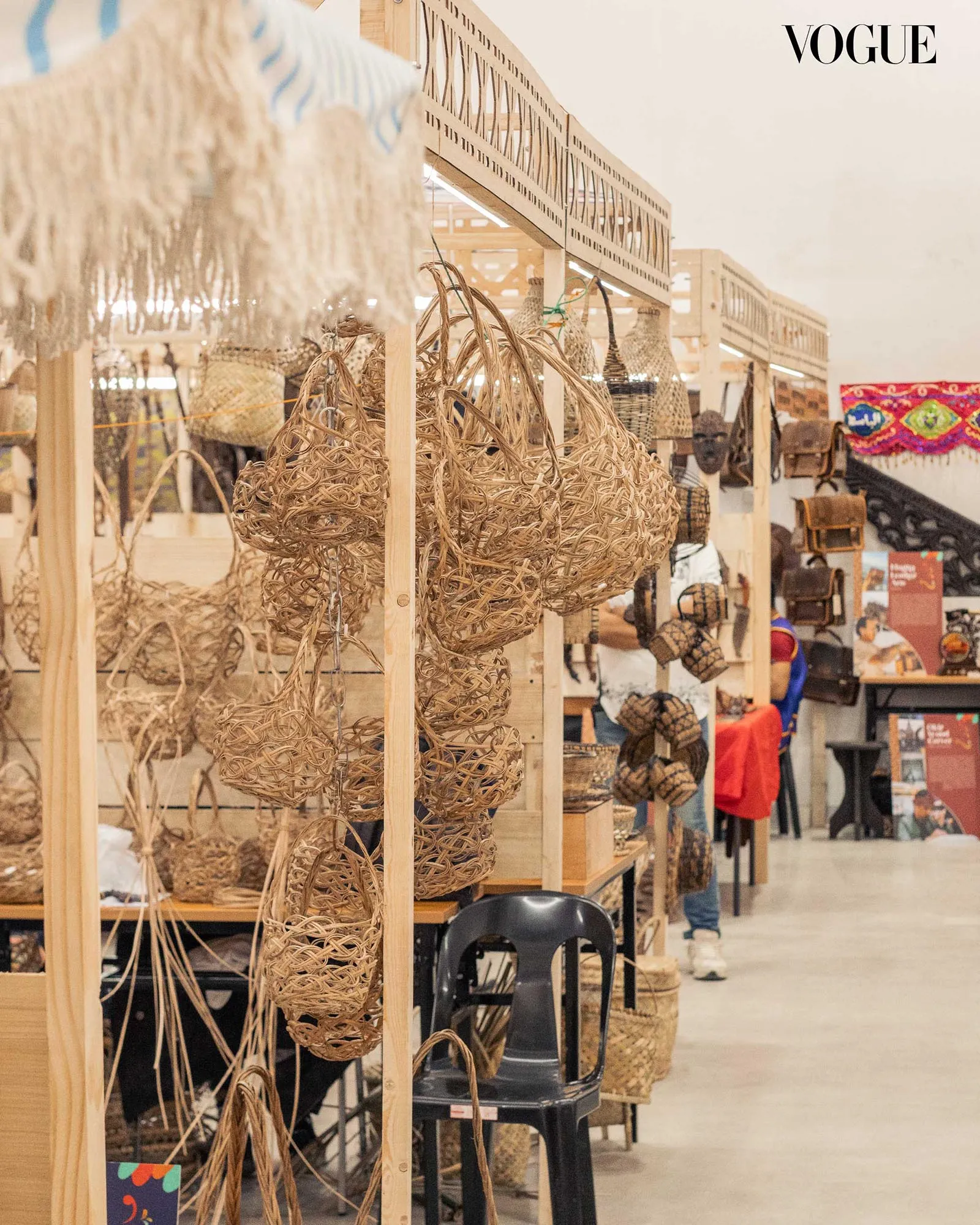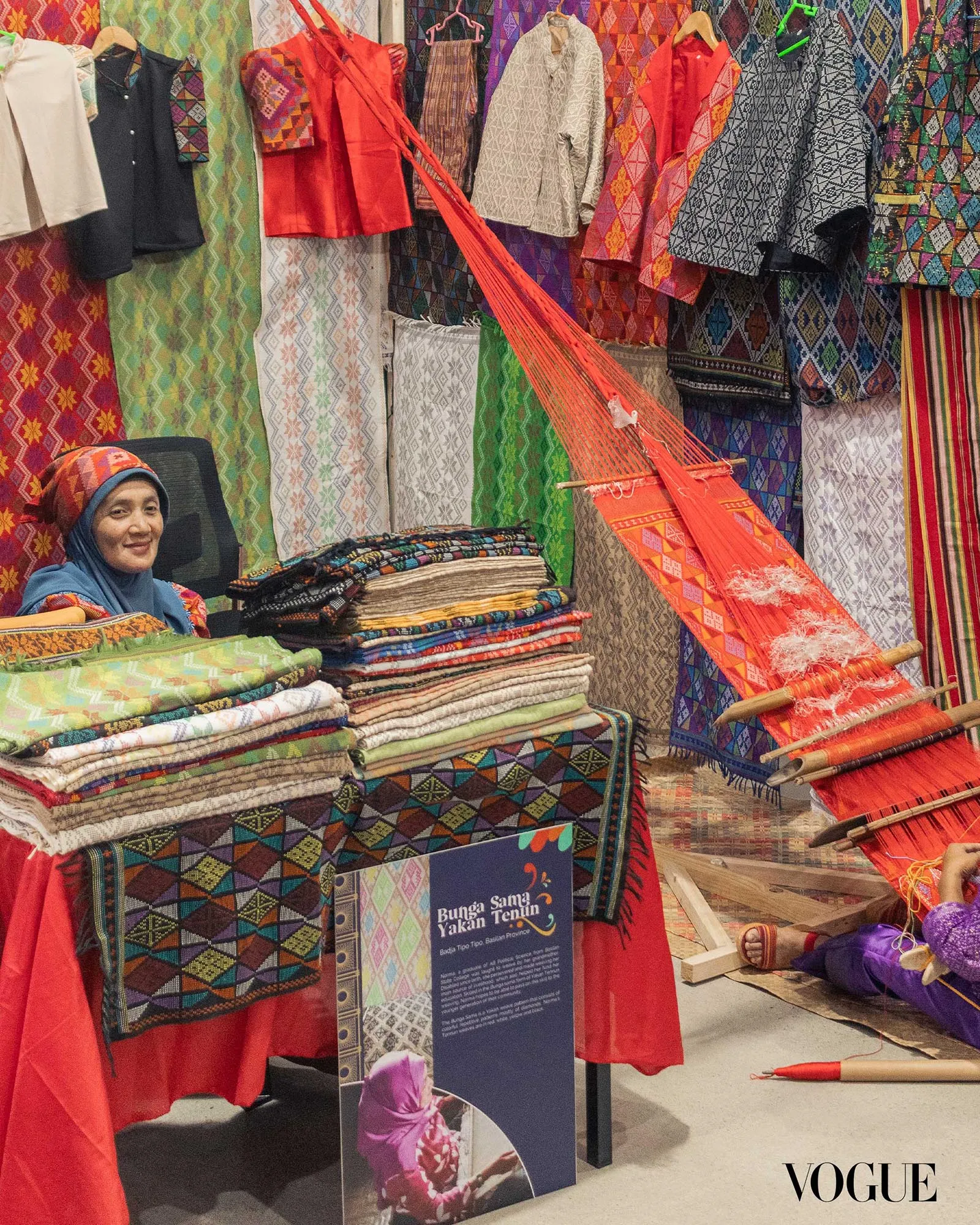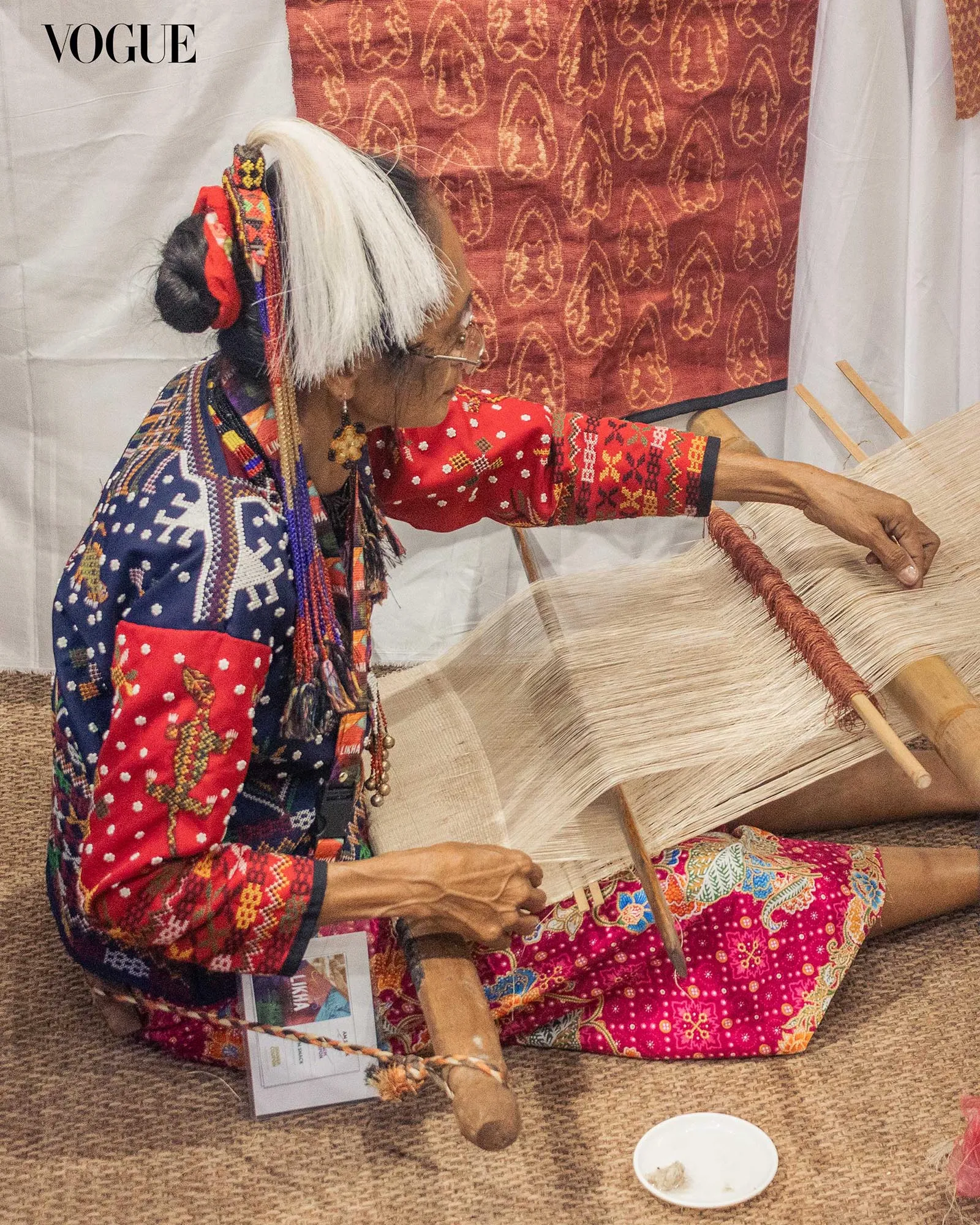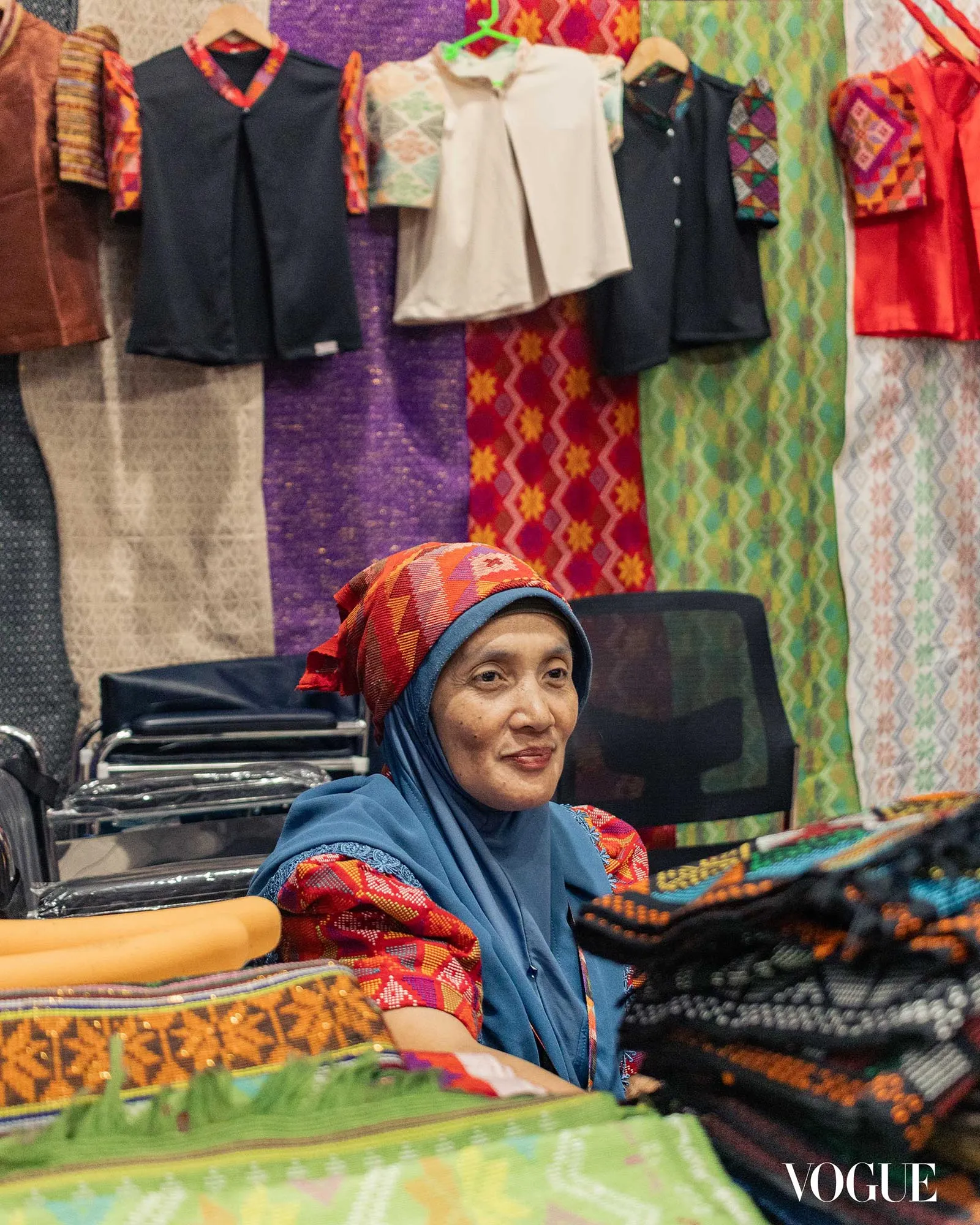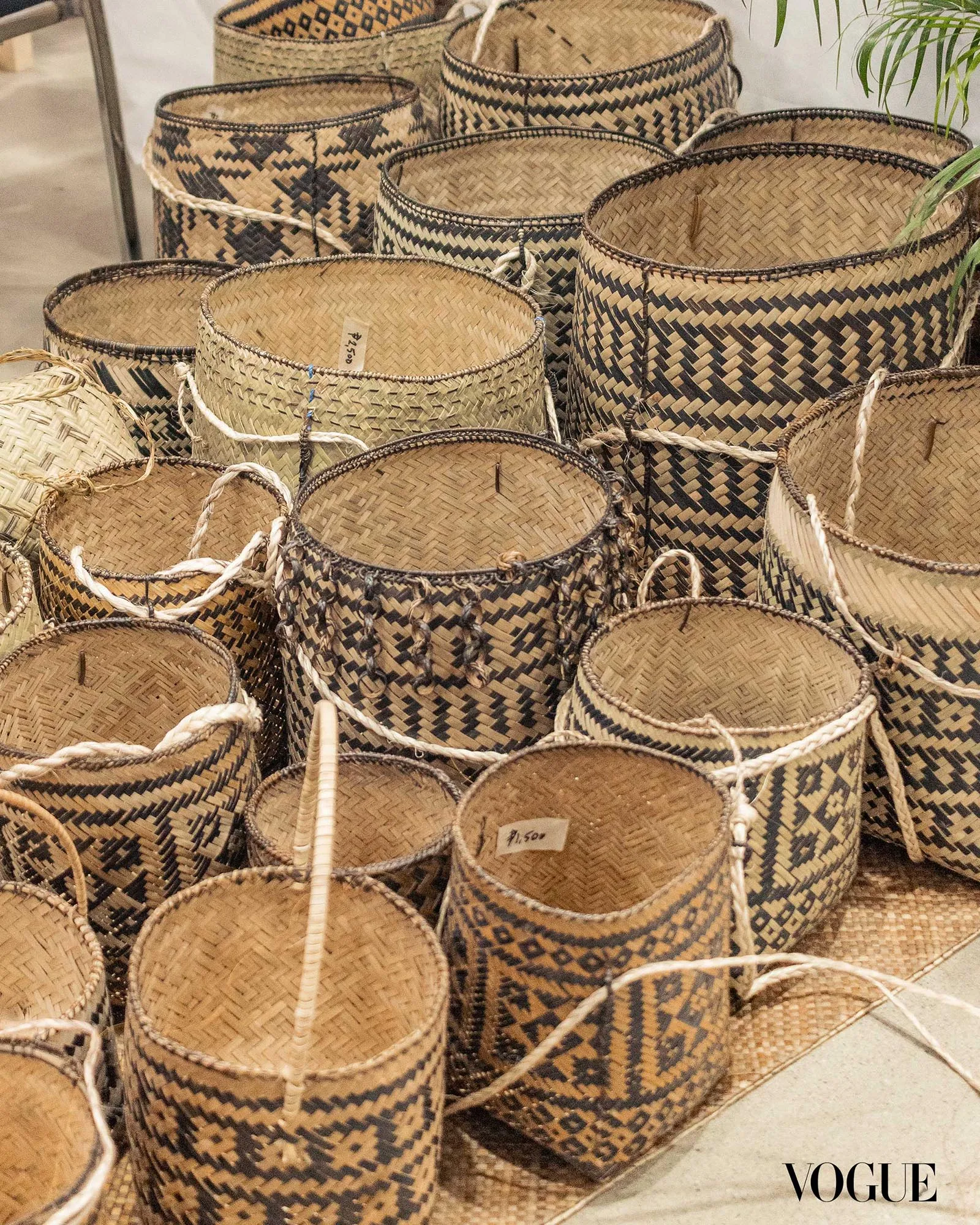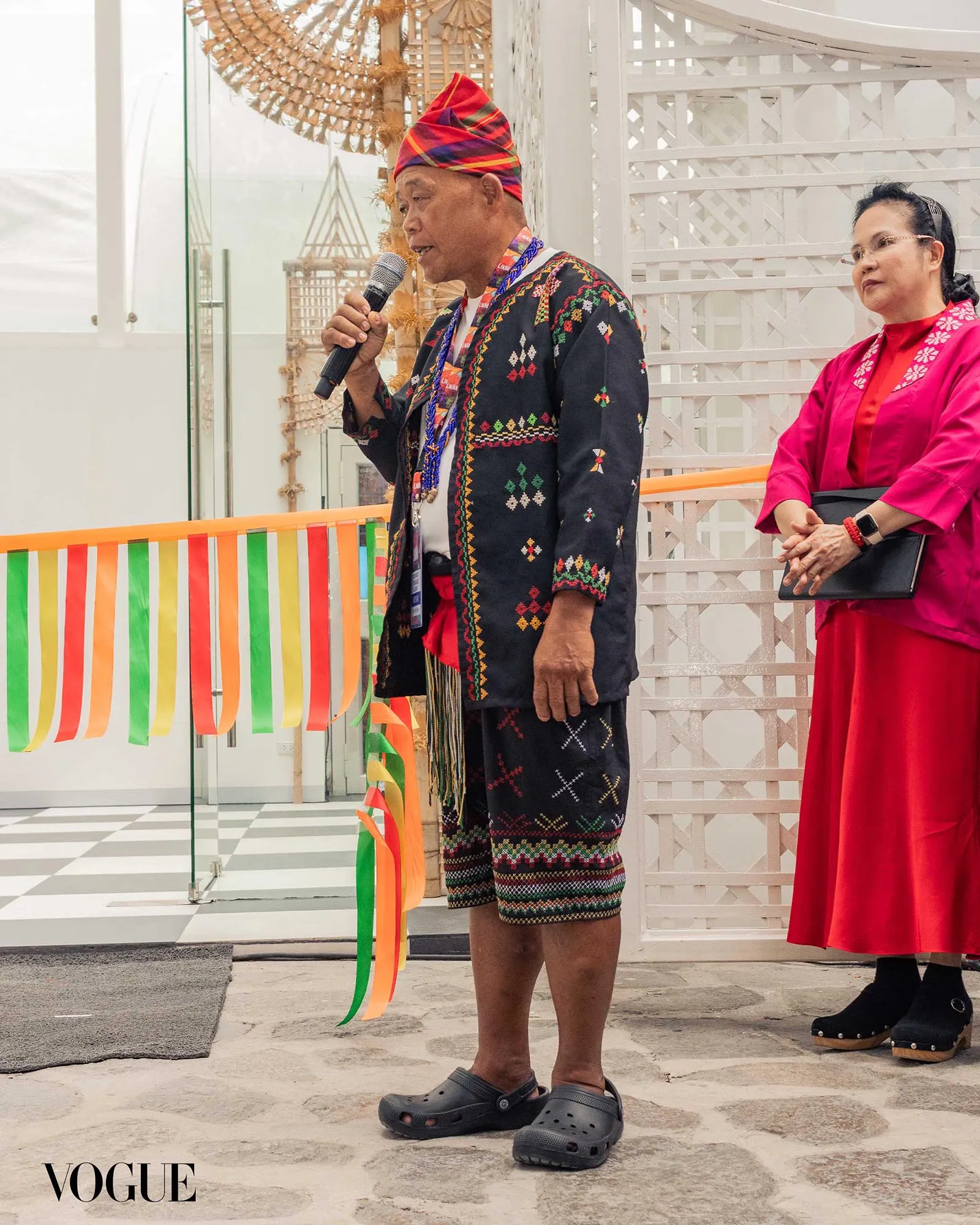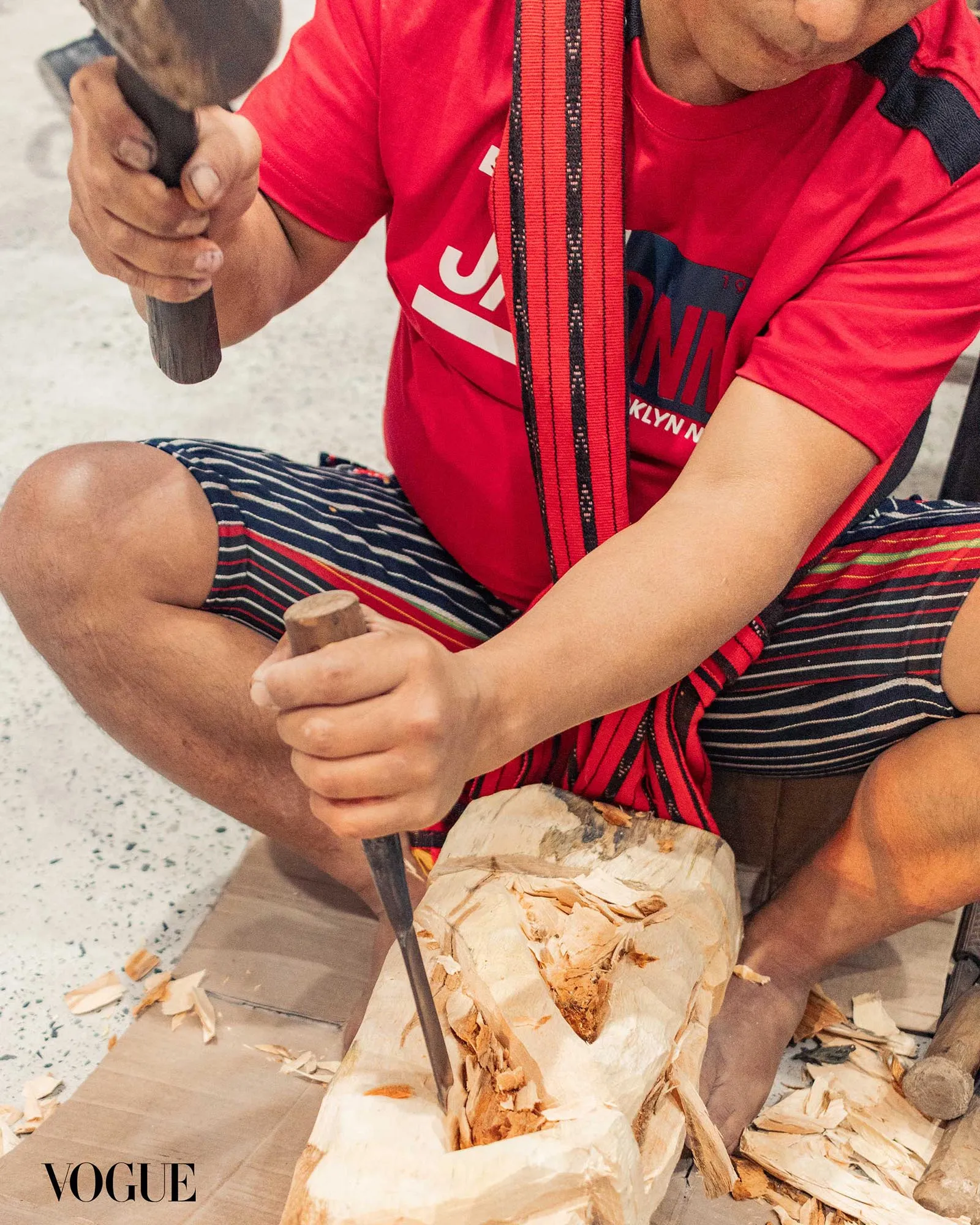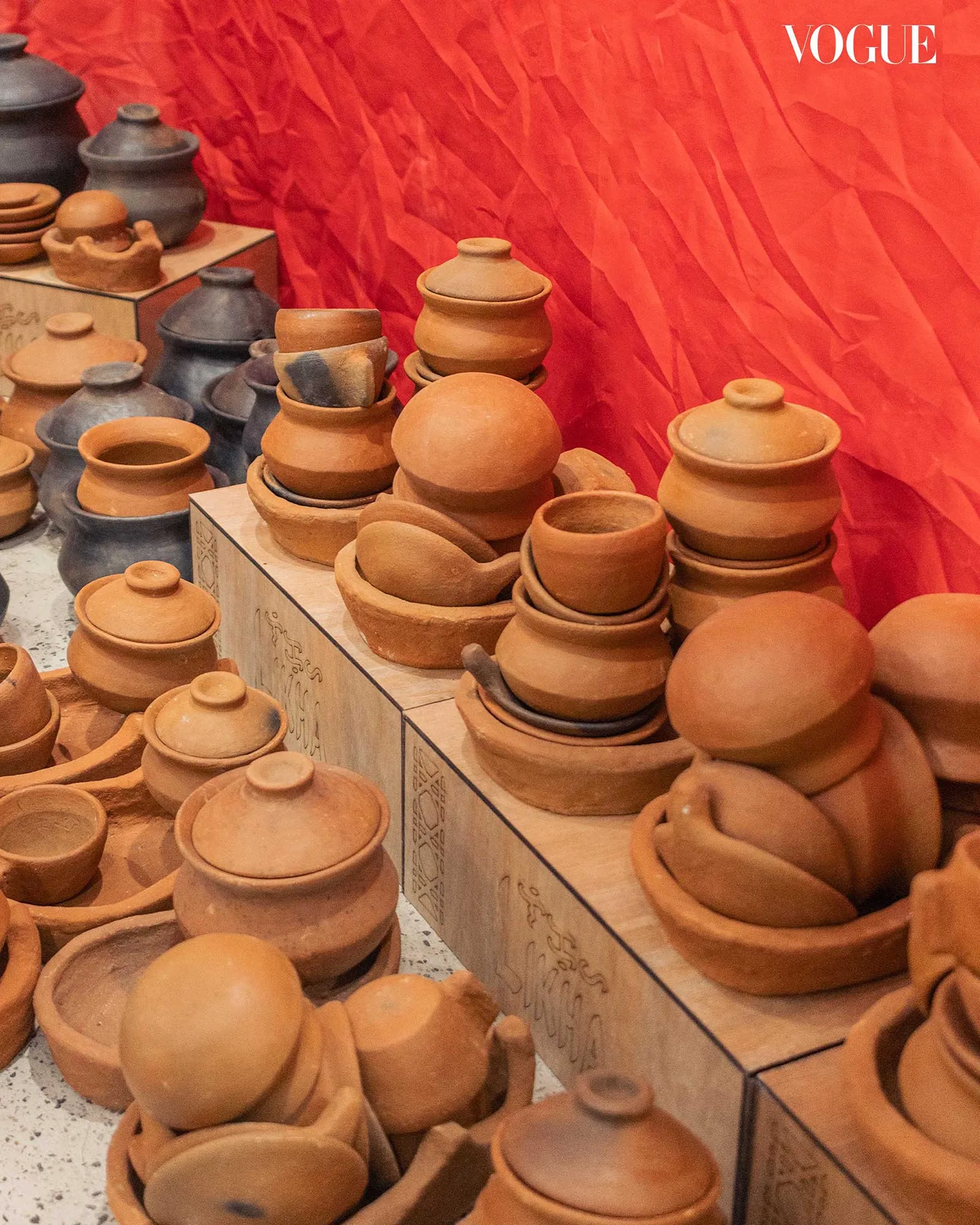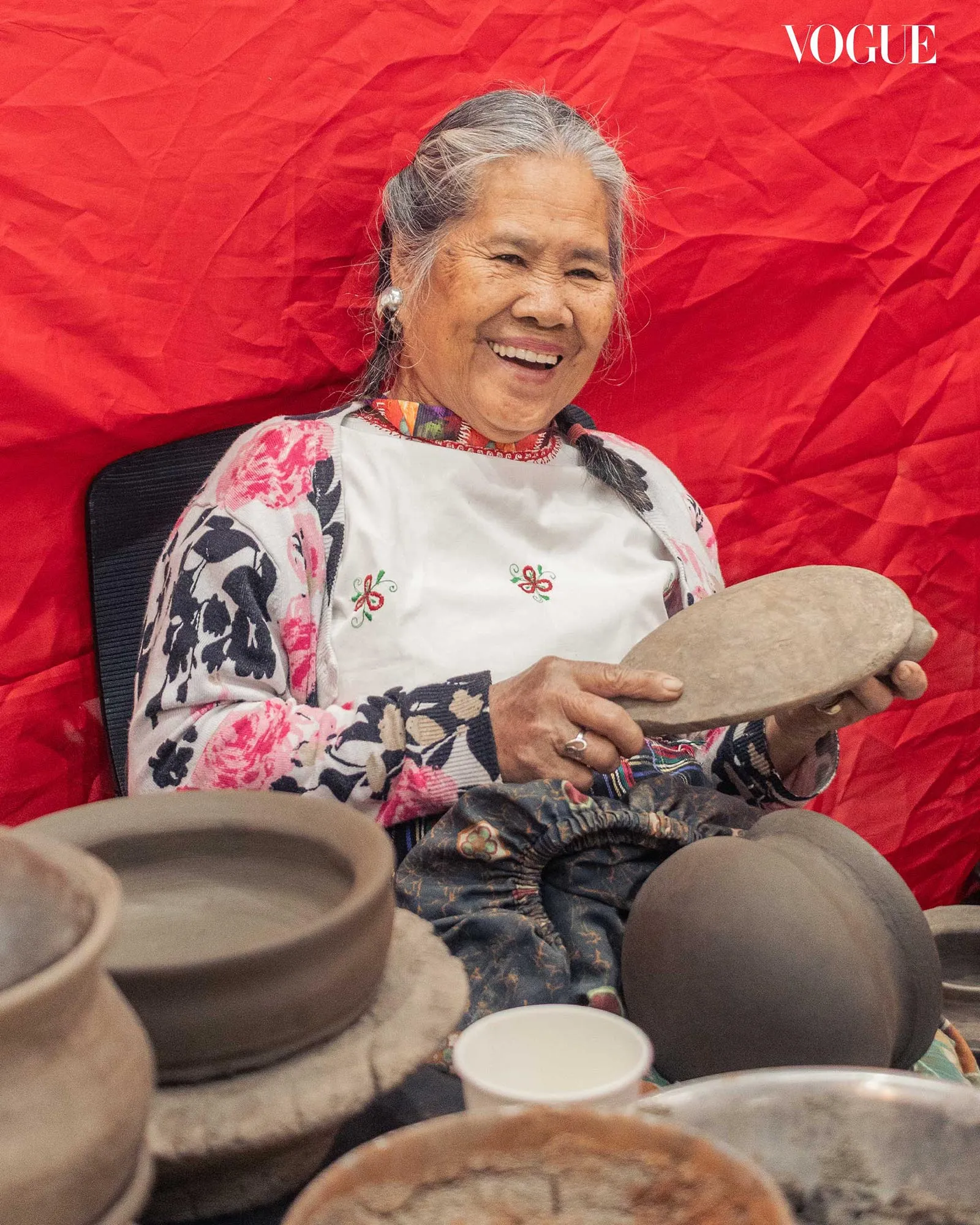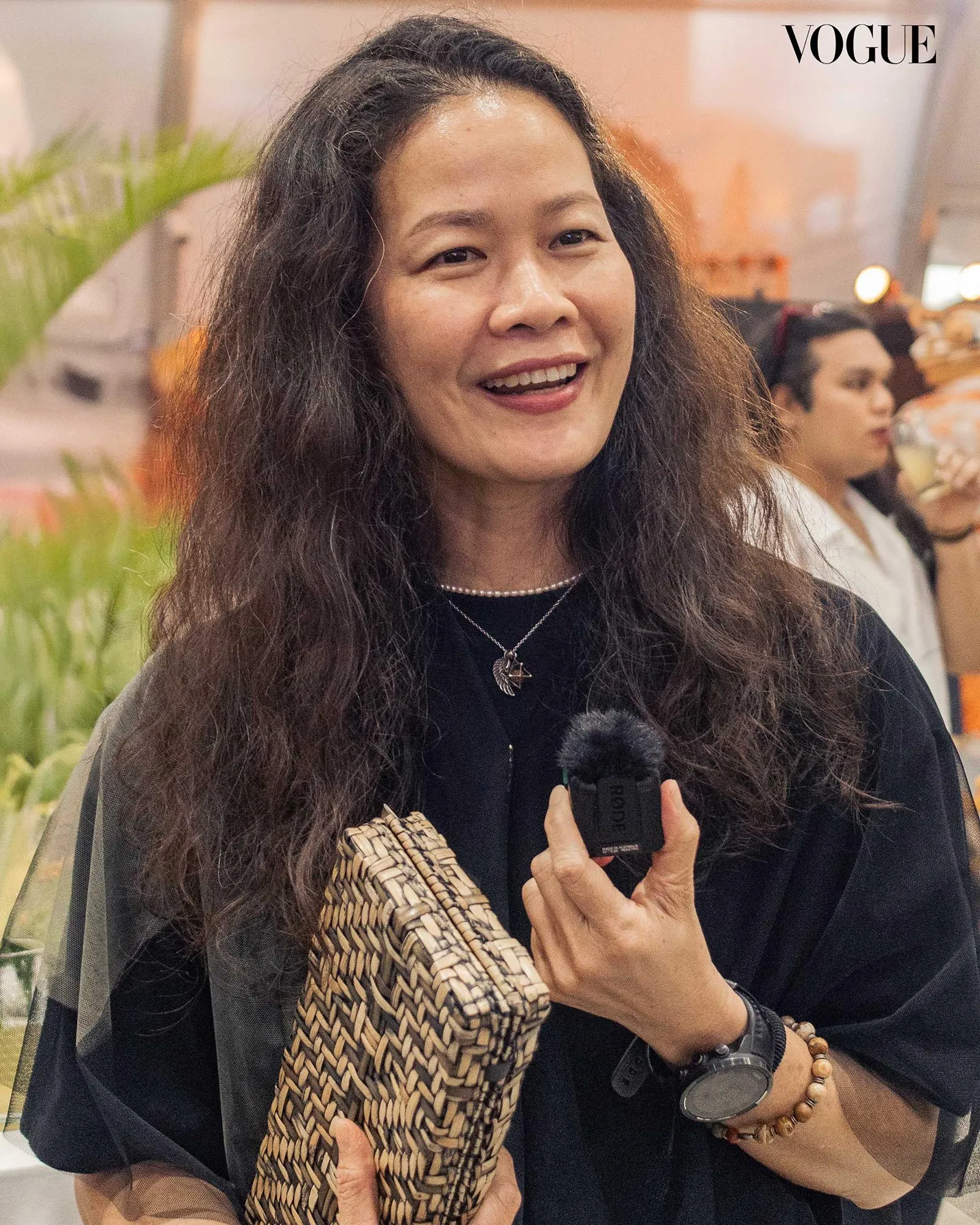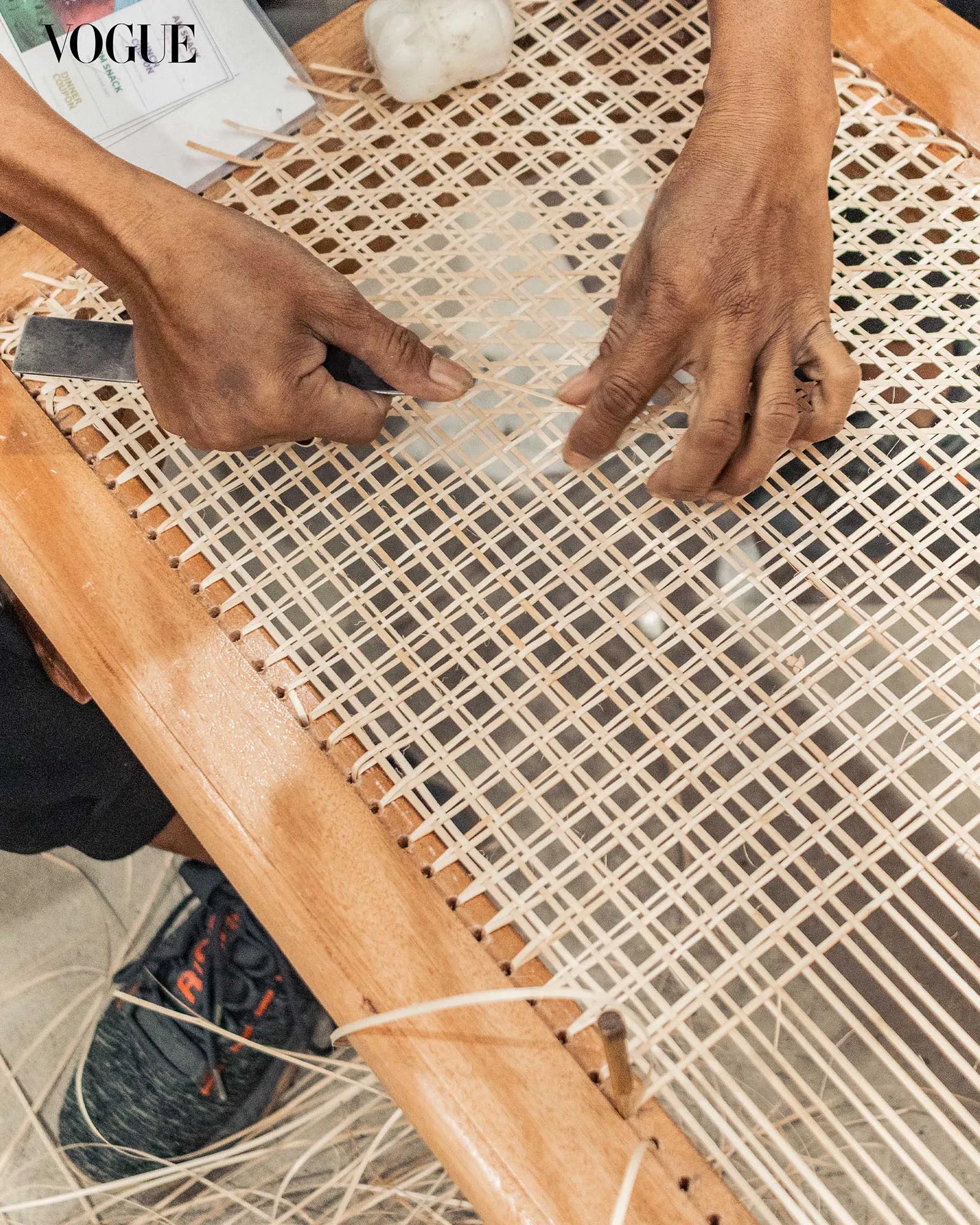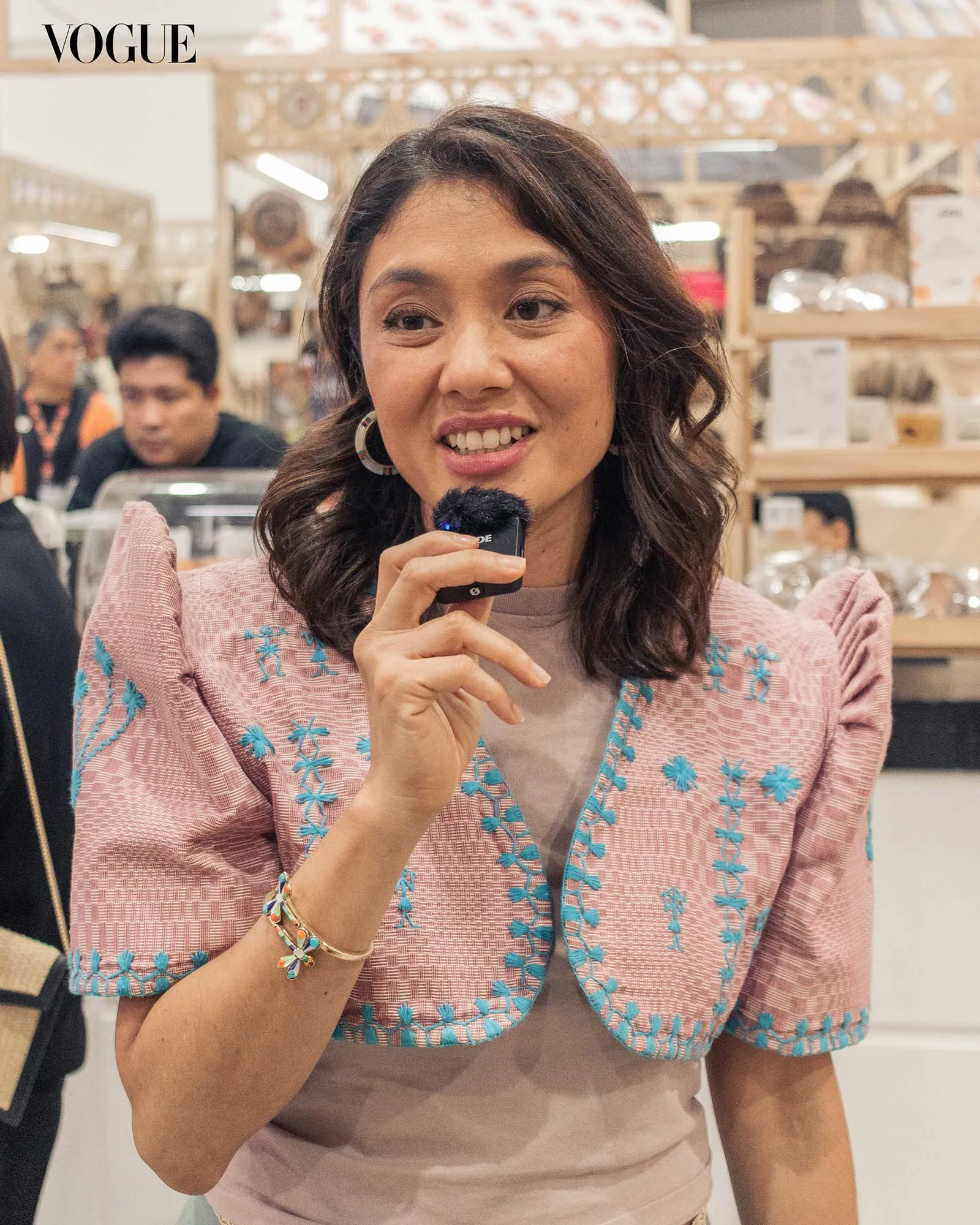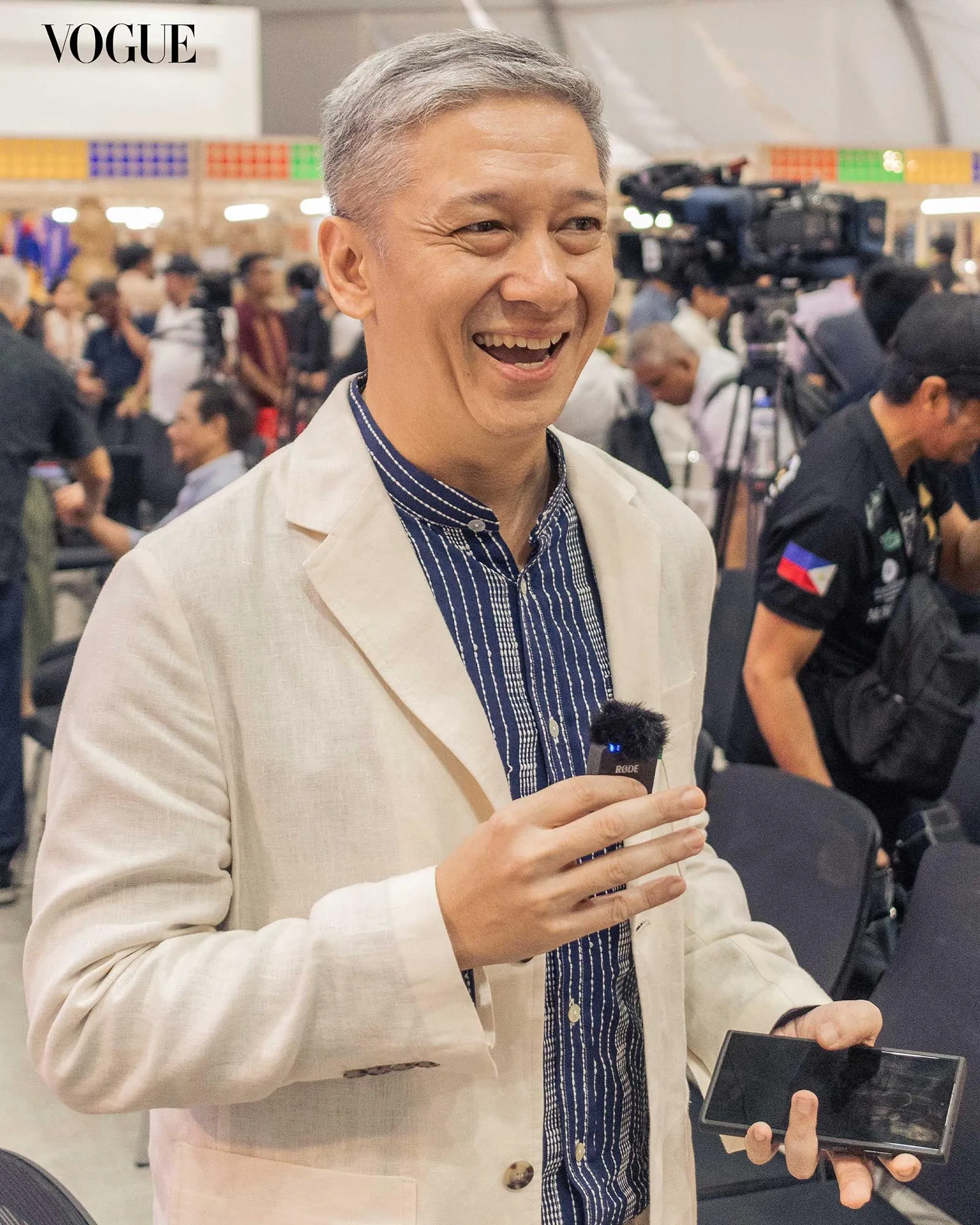An artisan showcasing his craft at Likha 4. Photographed by Dom Pamatmat
Photographed by Dom Pamatmat
At the newly opened Foro de Intramuros, Likha returns for its fourth edition.
“Likha gathers craftsmen and artisans of all different disciplines from all over the Philippines,” says Dina Tantoco, one of the organizers of Likha, an annual fair that showcases Filipino artisans. “The collaboration and education, direct to the consumer and to people from anywhere and everywhere, is what keeps our craft and our art alive.”
As the country marked another year of independence, the fair returned for its fourth edition. Held at Foro de Intramuros, the three-day affair invited the public to a celebration of Filipino heritage through the hands of the nation’s artisans.
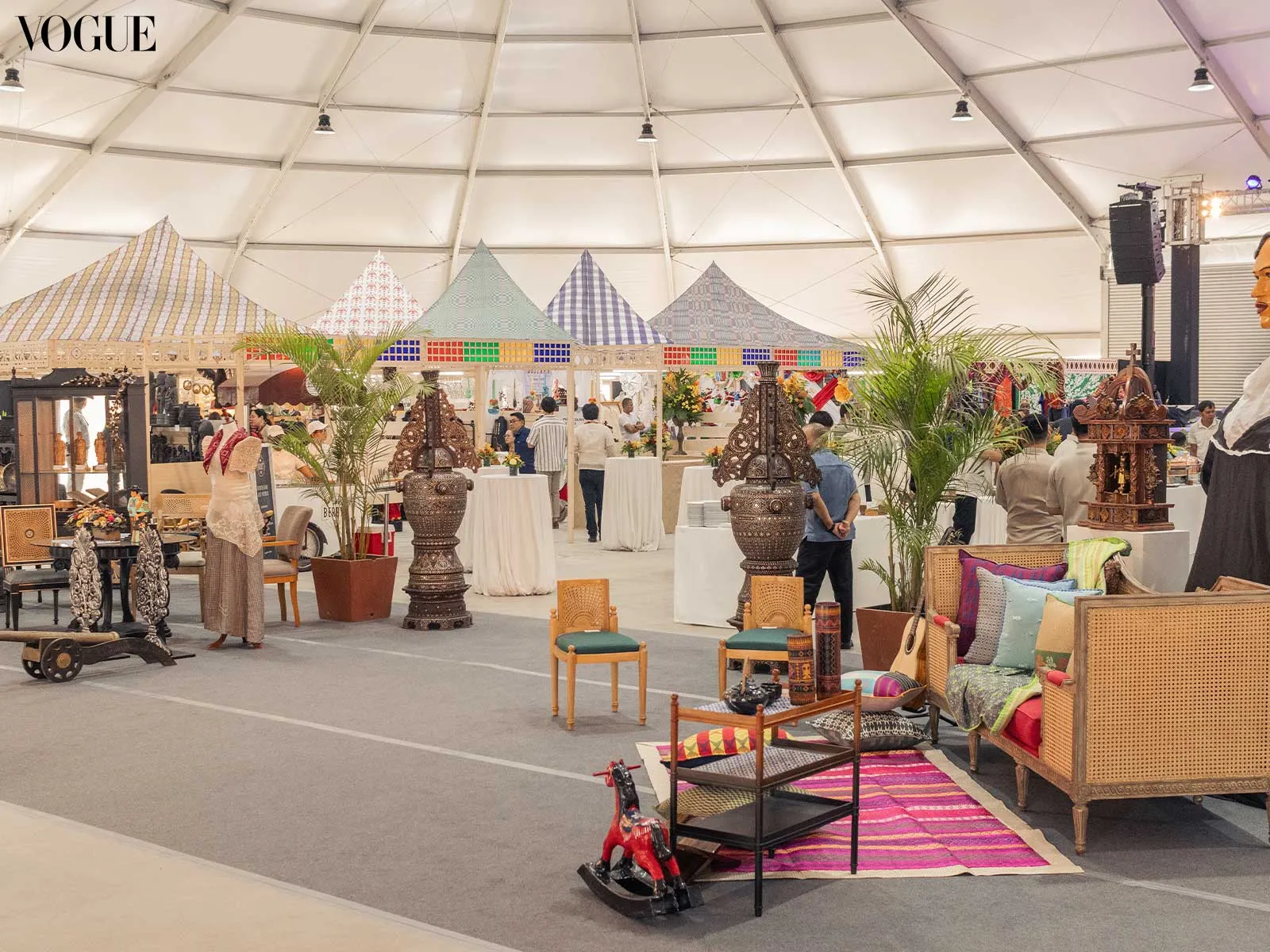
Likha 4 brought together talents from all over the Philippines, including Likha graduates, local designers, and master craftsmen. This year’s edition included 30 new artisans, each carrying distinct traditions and techniques from their respective regions.
As Tantoco shares, one of Likha’s defining features is its openness and accessibility. “It’s open to the public, so you can just come in. There’s no fee for exhibiting here. In fact, we invite the artisans.” For many of the participants, especially the new ones, everything from booth space to shipping is fully supported by the organizers. “We just really want to share their craft with people,” she adds.
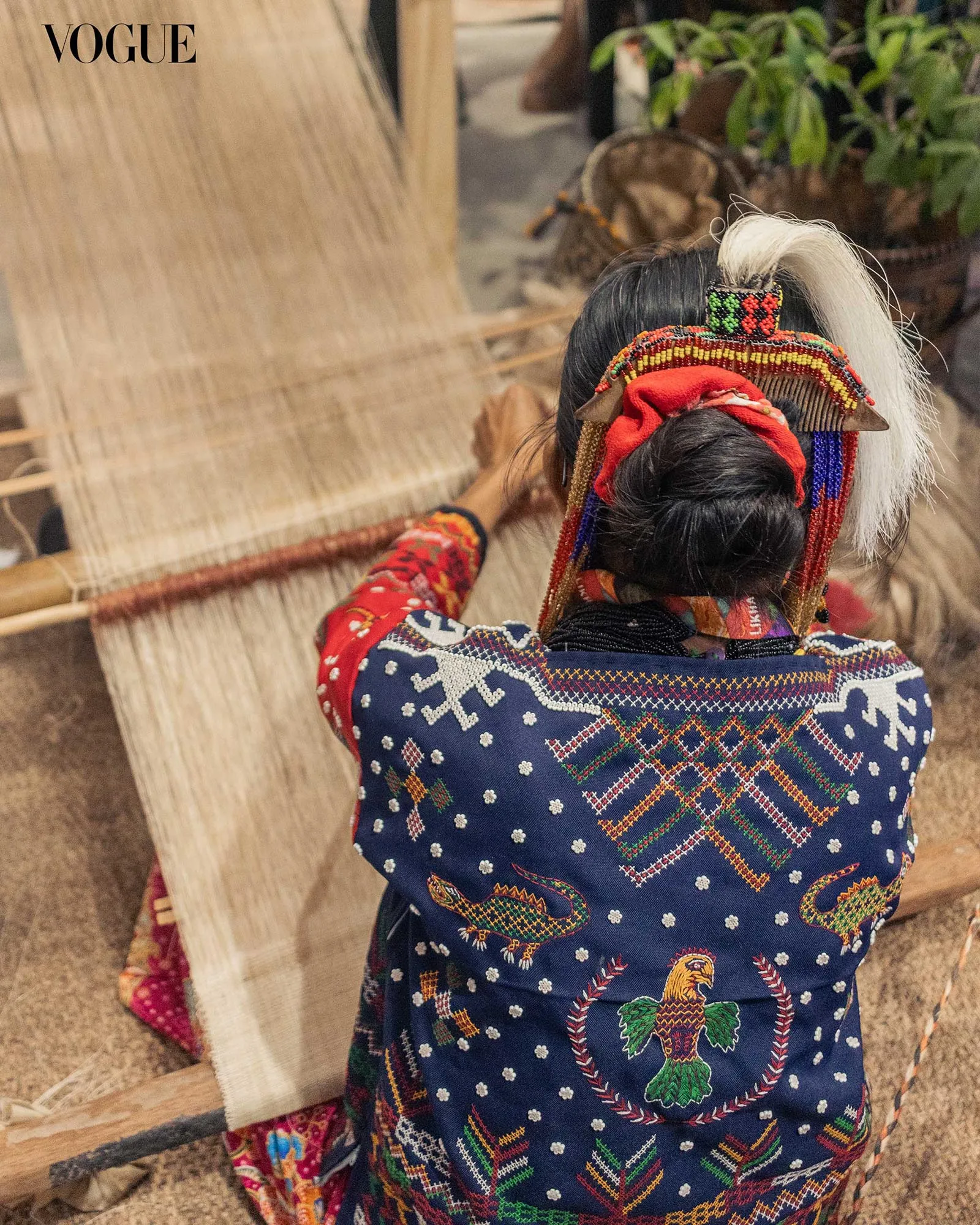
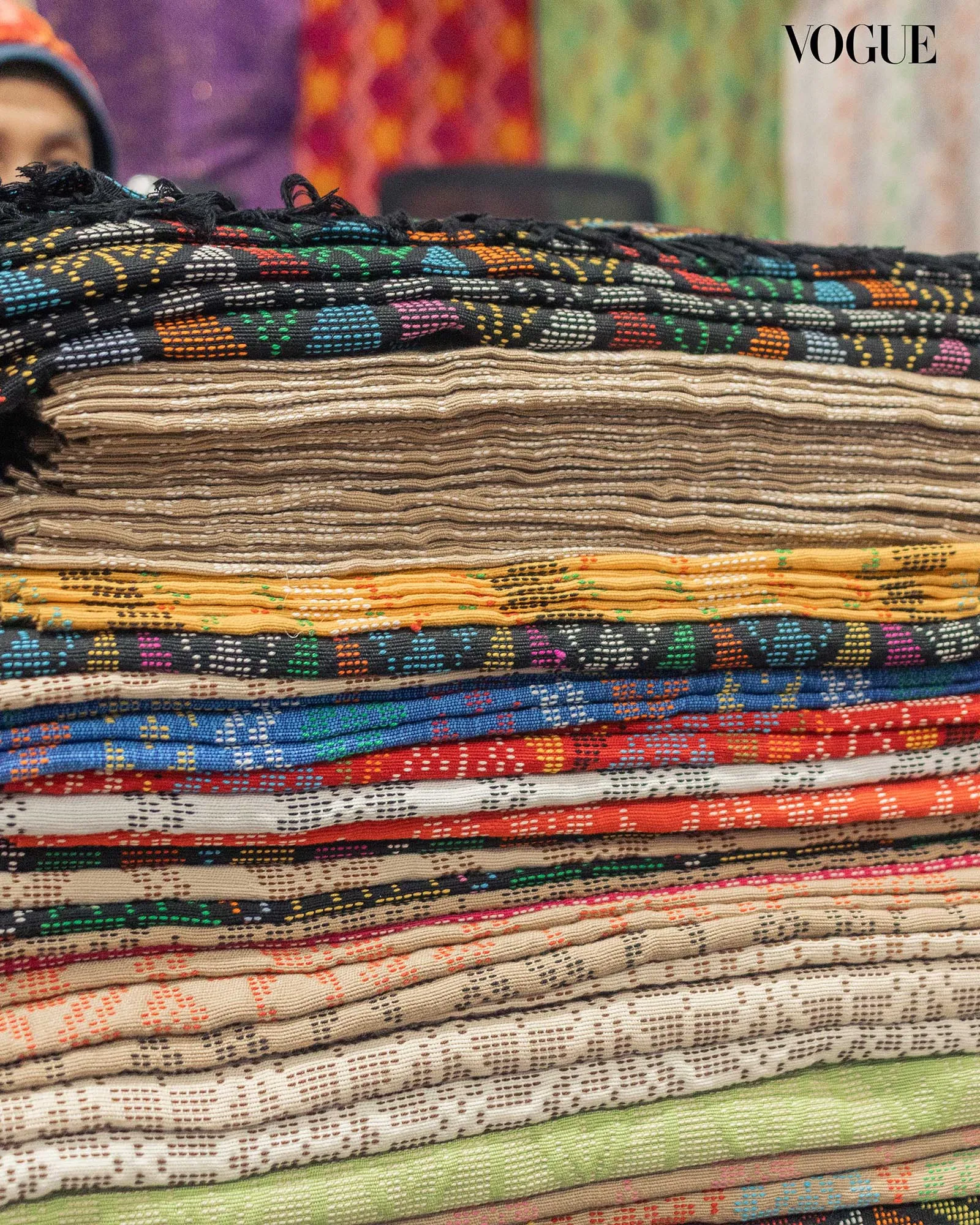
Visitors were encouraged to engage with the creative process, witnessing firsthand how raw materials are transformed into various cultural products. Whether it’s woven textiles, carved wood, or accessories, each product offered a glimpse into the identity of Filipino makers.
“It’s amazing because you have artisans, you have brands, and you have designers as well. They all come together here at Likha, and they all have dialogue,” says Mico Manalo, designer and creative consultant.
But for Manalo, the impact lies in what happens after the conversations. “It doesn’t just stop in the dialogue. It begins new relationships, new products, new designs, and it’s amazing and very sustainable.”
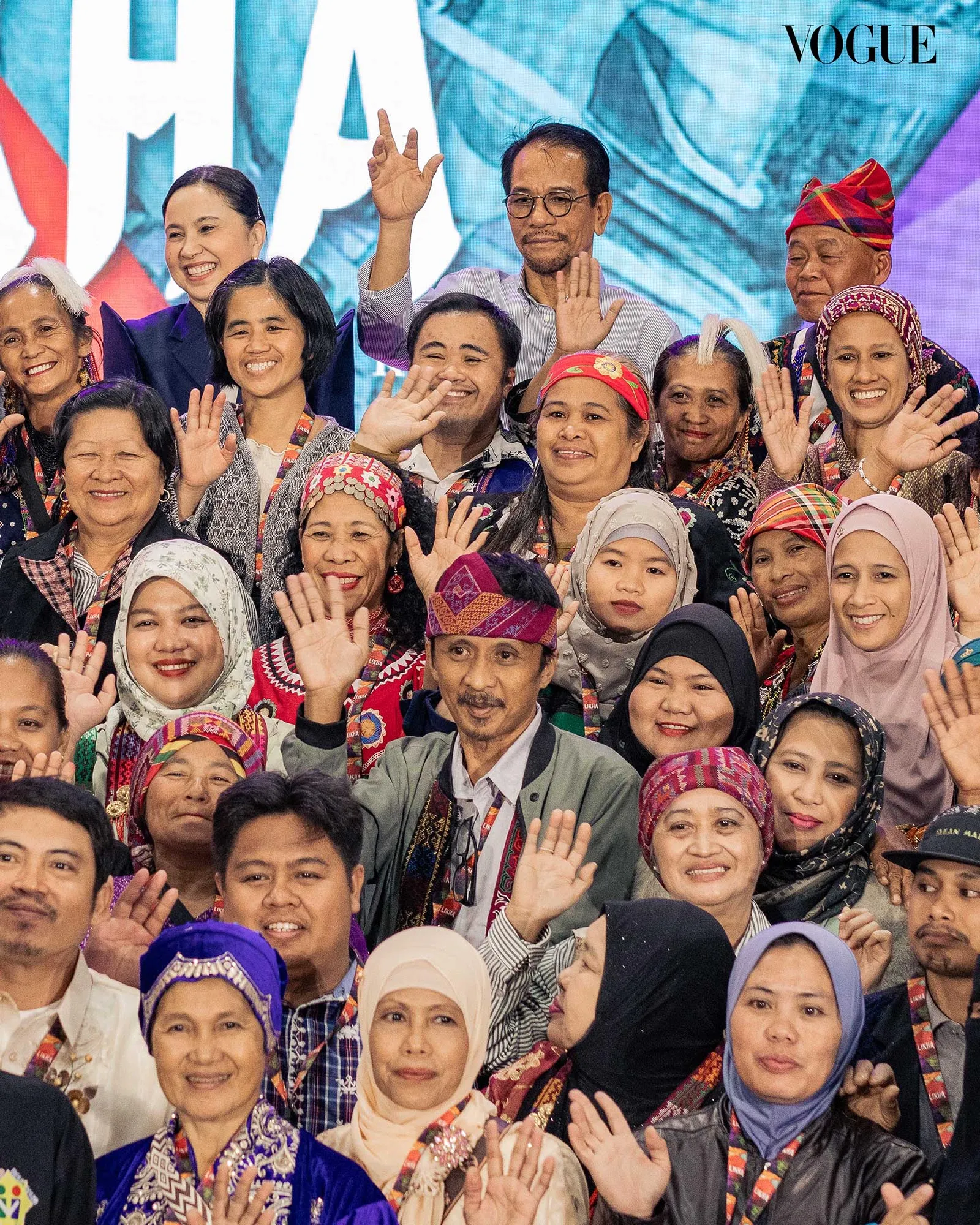
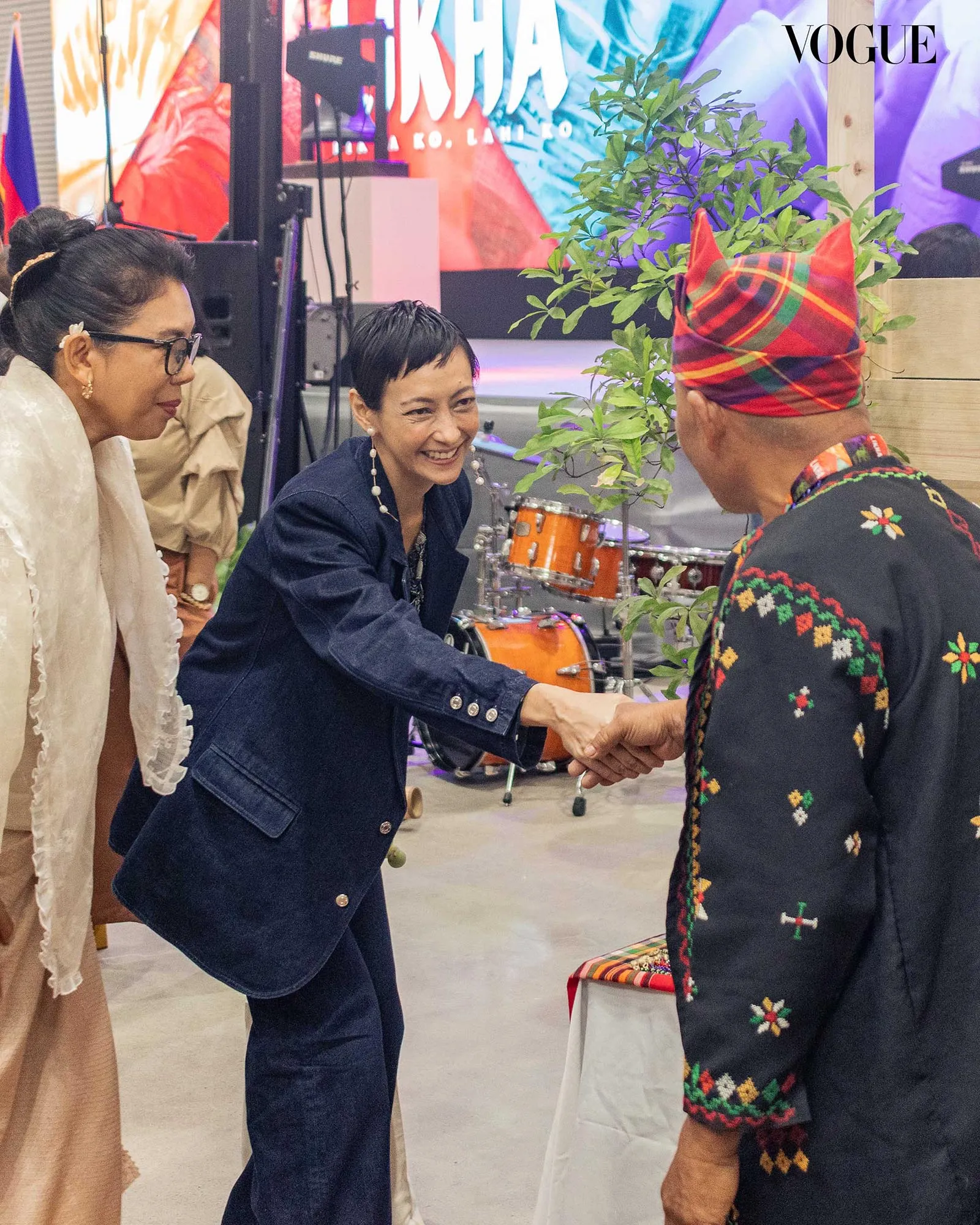
When asked about the fair’s role in preservation, Manalo highlights a deeper form of cultural memory. “It’s more than material culture, it’s what’s in our minds as culture. All of these craftsmen put everything into their minds. So getting to know them, getting to talk to them, getting to know what they do is an appreciation of those crafts.”
He continues, “But trying to preserve them, trying to spread them, and trying to tell people that, ‘Hey, we need to support the crafts so that they won’t die out;’ that’s, I think, one of the most important things that Likha is here for.”
- Embracing Heritage: LIKHA 2 Celebrates Filipino Crafts, Culture, And Independence This Weekend
- Interwoven in Ikat: In Baguio, Lucia Catanes Inherits a Legacy
- Metal Works: Jewelry Label Caro Wilson Is a Love Note to Baguio and Its Craft
- Paradise Found: Kalinga Creative Irene Bawer-Bimuyag Weaves in Color
